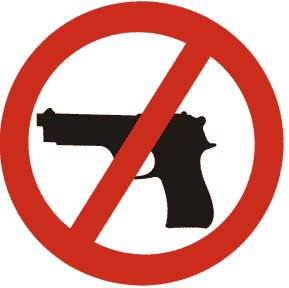Ezra Klein nails it:
The gun vote didn’t fail because a couple of red-state Democrats bolted, or even because too many senators are afraid of the National Rifle Association, or even because Sen. Pat Toomey couldn’t bring along more Republicans. Those factors help explain why the gun vote didn’t clear the extraordinary bar set for it to succeed. But they’re not the main reason it failed.
The gun vote failed because of the way the Senate is designed. It failed because the Senate wildly overrepresents small, rural states and, on top of that, requires a 60-vote supermajority to pass most pieces of legislation.
The Manchin-Toomey bill received 54 aye votes and 46 nay votes. That is to say, a solid majority of senators voted for it. In most legislative bodies around the world, that would have been enough. But it wasn’t a sufficient supermajority for the U.S. Senate. Of the senators from the 25 largest states, the Manchin-Toomey legislation received 33 aye votes and 17 nay votes — a more than 2:1 margin, putting it well beyond the 3/5ths threshold required to break a filibuster. But of the senators from the 25 smallest states, it received only 21 aye votes and 29 nay votes.
It’s typical to say that this is how the Senate’s always been. It’s also wrong. The filibuster didn’t emerge until decades after the first congress, and its constant use is a thoroughly modern development.
The Senate is horrible undemocratic.

